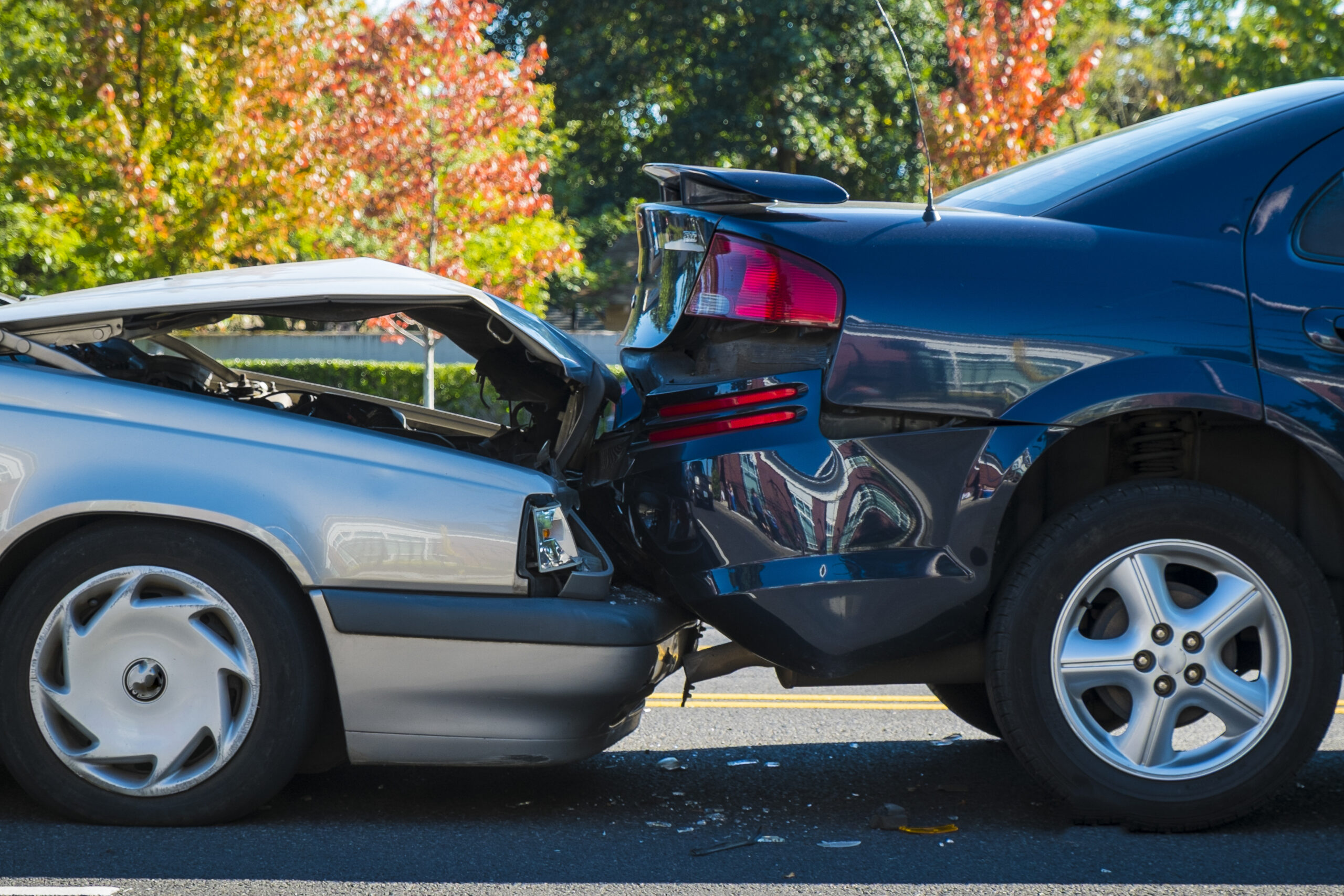Related Content
When Do I Need a Personal Injury Attorney?

What Happens if Someone Uninsured Hits Me?

How to Document Injuries from a Wreck

Can You Be Liable for Someone Else Driving Your Car?

What to Do After an Accident?

Spinal cord injuries can be devastating, leaving victims with high medical bills and incredible challenges in their daily lives. Often caused by slip and fall accidents, auto accidents, or assault, these injuries can leave people permanently disabled. However, there are many different types of spinal cord injuries and different levels of severity.
- Why are spinal cord injuries so serious? Your spinal cord is a bundle of nerves contained in and protected by the vertebrae of the spine. Responsible for sending messages from the brain to the different parts of the body, the spinal cord lets people perceive pain and move their limbs. When it’s damaged, the spinal cord’s ability to send these impulses is impaired, and the result is a loss of sensation and mobility below the injury. The closer the injury is to the neck, the larger the affected area will be.
- There are complete and incomplete spinal cord injuries.
- An incomplete spinal cord injury partially impedes the spinal cord. This type of injury can be caused by a contusion (bruising), a partial severance of the spinal cord, something pressing against the spinal cord, or something embedded in it, like bone fragments or foreign bodies. Incomplete spinal cord injuries cause lessened sensory or motor function below the injury site, but survivors of this type of injury may recover some function over time.
- Complete spinal cord injuries cause permanent damage to the spinal cord. With this type of injury, the outcome is a complete lack of motor and sensory function below the affected area. Fortunately, complete spinal cord injuries make up less than 35 percent of spinal cord injuries.
- The American Spinal Injury Association grades spinal cord injuries on a scale of A to E. The different levels correspond with different grades of spinal cord impairment, with A indicating a complete lack of sensory or motor functions. Grade E means that sensory and motor functions are normal, with no loss of sensation or motor functions. With a grade E spinal cord injury, there may be neurological or muscular deficits or changes.
- What specific events cause spinal cord injuries? Recent statistics indicate that automobile accidents cause the majority of spinal cord injuries: 38 percent. The spinal cord can also be injured in a violent attack like a stabbing or shooting, or when someone falls from a significant height or dives into shallow water. People also sustain spinal injuries during sporting events, in electrical accidents, or when the middle portion of the torso is severely twisted.
At Taps and Associates, we understand the pain and suffering, as well as financial impact, that come with spinal cord injuries. That’s why we provide personal attention to every case we handle, giving professional advice based on extensive experience. Our attorneys work to pursue the liable parties in each case, making sure our clients get the compensation they deserve after a traumatic accident. To schedule a free consultation, contact us through our website or call 404-492-8746.
